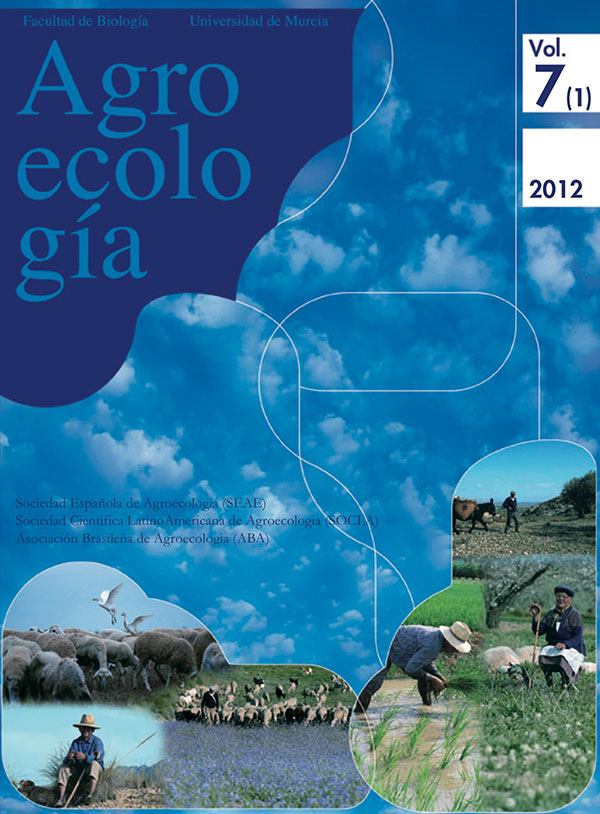Green Agriculture: Foundations for Biodiverse, Resilient and Productive Agricultural Systems
Abstract
There are many visions on how to achieve sustainable agriculture that is both productive and resource efficient, so that it provides enough food and ecosystem services for present and future generations in an era of climate change, increasing costs of energy, social unrest, financial instability and increasing environmental degradation. New agricultural systems that are able to confront the challenges of a rapidly changing world require a minimum of six principles that constitute the defining elements of a Green Agriculture. In this context, a major challenge is to identify a set of thresholds that any agricultural production strategy must meet beyond which unsustainable trends caused by the farming systems and associated technologies would lead to tipping-point phenomena. Only those styles of agriculture that meet the established threshold criteria while advancing rural communities towards food, energy and technological sovereignty would then be considered as viable forms of green agriculture capable of producing enough food within the climatic, energetic, ecological and economic scenarios of the next two decades or so.
Considering the diversity of ecological, socio-economical, historical and political contexts in which agricultural systems have developed and are evolving in, it is only wise to define a set of flexible and locally adaptable principles and boundaries of sustainability for the agroecosystems of the immediate future.
Downloads
Las obras que se publican en esta revista están sujetas a los siguientes términos:
1. El Servicio de Publicaciones de la Universidad de Murcia (la editorial) conserva los derechos patrimoniales (copyright) de las obras publicadas, y favorece y permite la reutilización de las mismas bajo la licencia de uso indicada en el punto 2.
2. Las obras se publican en la edición electrónica de la revista bajo una licencia Creative Commons Reconocimiento-NoComercial-SinObraDerivada 3.0 España (texto legal). Se pueden copiar, usar, difundir, transmitir y exponer públicamente, siempre que: i) se cite la autoría y la fuente original de su publicación (revista, editorial y URL de la obra); ii) no se usen para fines comerciales; iii) se mencione la existencia y especificaciones de esta licencia de uso.
3. Condiciones de auto-archivo. Se permite y se anima a los autores a difundir electrónicamente las versiones pre-print (versión antes de ser evaluada) y/o post-print (versión evaluada y aceptada para su publicación) de sus obras antes de su publicación, ya que favorece su circulación y difusión más temprana y con ello un posible aumento en su citación y alcance entre la comunidad académica. Color RoMEO: verde.





